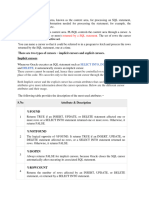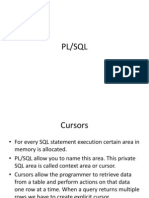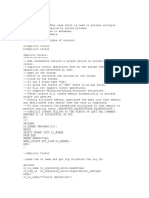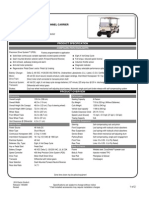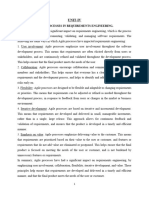0% found this document useful (0 votes)
50 views6 pagesCursor and Trigger
A database trigger is a stored program that is automatically executed in response to certain events like DML or DDL statements. Triggers can be used to perform validation or auditing. The example shows creating a trigger on the employee table that prints the old and new salary values when a row is inserted, updated or deleted.
Uploaded by
Ramjan KhandelwalCopyright
© © All Rights Reserved
We take content rights seriously. If you suspect this is your content, claim it here.
Available Formats
Download as PDF, TXT or read online on Scribd
0% found this document useful (0 votes)
50 views6 pagesCursor and Trigger
A database trigger is a stored program that is automatically executed in response to certain events like DML or DDL statements. Triggers can be used to perform validation or auditing. The example shows creating a trigger on the employee table that prints the old and new salary values when a row is inserted, updated or deleted.
Uploaded by
Ramjan KhandelwalCopyright
© © All Rights Reserved
We take content rights seriously. If you suspect this is your content, claim it here.
Available Formats
Download as PDF, TXT or read online on Scribd
/ 6






